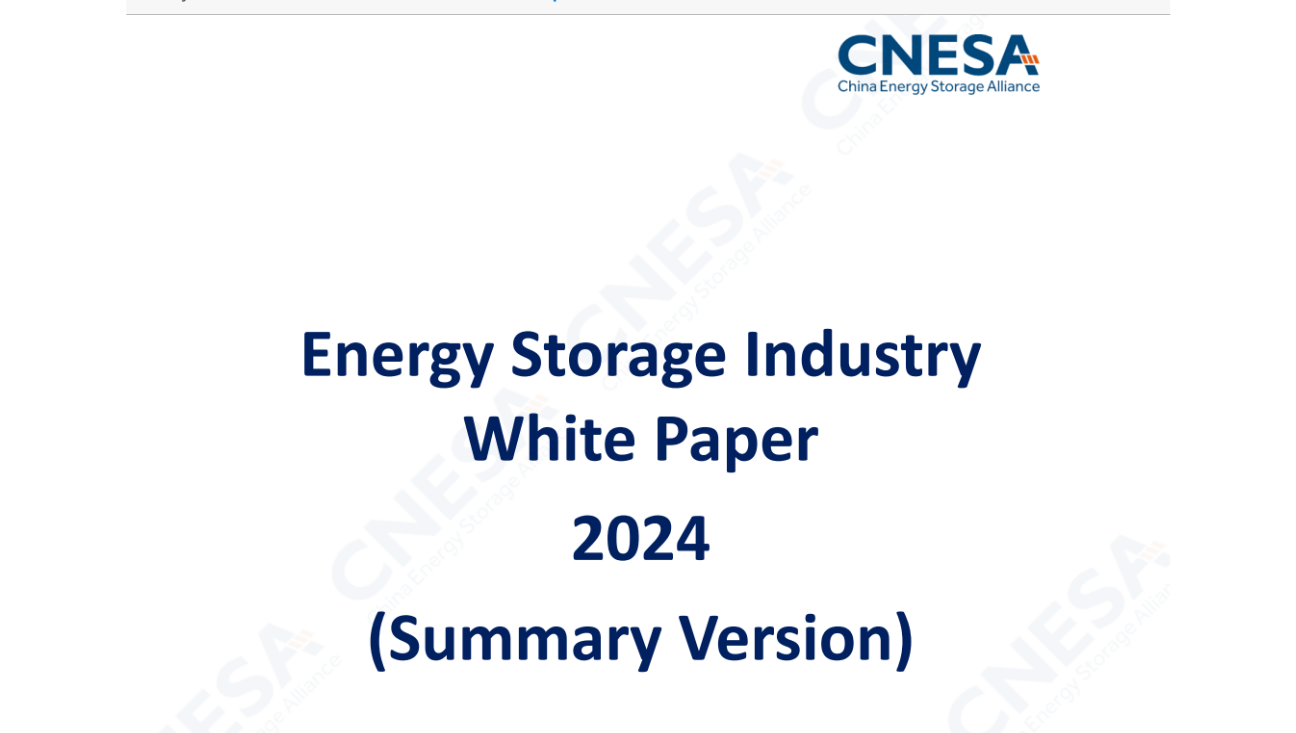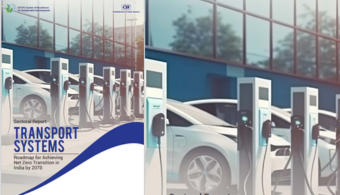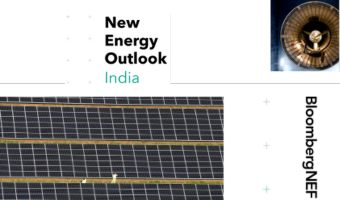
The 2024 Energy Storage Industry White Paper provides in-depth insights into the current state and future trends of the energy storage industry, covering key topics such as market dynamics, technological advancements, and policy developments. The ESIE2024 Post-Exhibition Report offers a compreh... Read more

No part of this publication may be reproduced, stored in, or introduced into a retrieval system, or transmitted in any form or by any means (electronic, mechanical, photocopying, recording or otherwise), in part or full in any manner whatsoever, or translated into any language, without the prior w... Read more


2023 100 Best Companies To Work For By Great Place To Work Read more

India’s Best Workplace in Diversity, Equity, and Inclusion Read more

Lessons from India’s Best Workplaces™for Women 2022 Read more

Why wellbeing matters nowmore than everAs per the global Human Development Index (HDI), in 2021, Indiaranks 132 out of 191 countries.Global Wellness Index 2020: India ranks 120 out of 151 countries,with an overall wellness score of 47.8 out of 100.According to the National Mental Health Survey of In... Read more

Workplace culture needs focus NOW to leverage business opportunity Read more

Table of Contents03 Introduction05 Workplace Culture Trends08 Insights from Best Workplaces10 Workplace Challenges11 Workplace Ikigai17 Conclusion22 Best People Practices Read more



